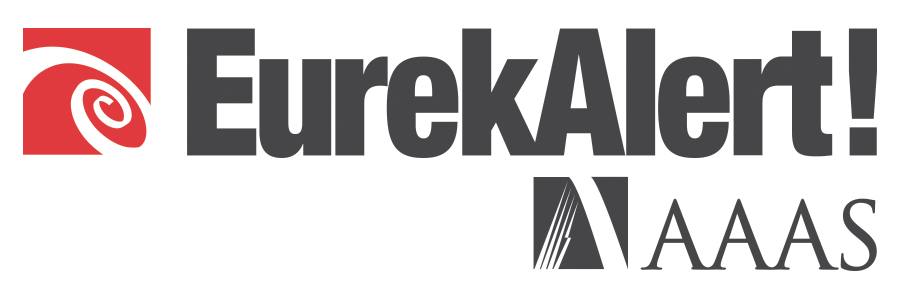
April 25, 2019 — Awareness and diagnoses of hypertension and diabetes in China has been limited, resulting in compromised treatment, and increased screening did not lead to significant improvements, according to a new study at Columbia University Mailman School of Public Health. Findings are online in the journal BMC Public Health.
Until now, there was little information on how individuals with hypertension or diabetes in China first became aware of their conditions and what factors may have contributed to changes in awareness over time.
“It does not seem that the screening activities implemented by a national health survey improved awareness and management of these conditions. The persistent limited awareness of diabetes and hypertension remains a major public health concern,” said L.H. Lumey, MD, professor of Epidemiology.
Using data from the China Health and Retirement Longitudinal Study (CHARLS), researchers measured the impact of a screening program for people aged 45?years and older between 2011 and 2015. After 2011, study participants were re-interviewed every two years to monitor any changes over time in their health, economic, or social conditions. Physical examinations were repeated in 2013 and 2015, and participants were asked again if they had ever been diagnosed with hypertension, or diabetes. Over 80 percent of participants interviewed in 2011 continued to participate in 2015.
Of the more than 11,000 people screened in 2011, 49 percent were identified with hypertension and 18 percent with diabetes by medical examinations. Over 80 percent of the middle-aged and elderly Chinese diagnosed with hypertension and/or diabetes in 2011 reported in 2015 that they were unaware of having the disease(s). Aware hypertension patients were more likely to be older women, live in urban areas, and have higher BMIs.
Hypertension was defined as diastolic blood pressure of 90 mmHg or higher; a systolic blood pressure of 140?mmHg or higher; or both; or as currently using an anti-hypertensive medication. Diabetes was defined as a fasting plasma glucose level of 126?mg/dL or higher; an HbA1c concentration of 6.5 mg/dL or higher; or a self-report of doctor diagnosed diabetes.
There was some improvement in disease awareness between 2011 and 2015, mostly attributed to a medical examination initiated by the study participants themselves (over 75 percent), by their work unit or community (12-15 percent), but rarely (less than 3 percent) by the CHARLS examination. “One possible explanation is that the screening in the health survey was seen simply as an isolated process and not as a tool for follow-up, treatment, or referral,” noted Lumey.
Several reasons could explain the limited increase in reported disease awareness in 2015, according to the researchers. Some participants may not have received the physical examination and blood test results from the 2011 survey; they may have not understood the results; or, they may have forgotten the results. “They also may have been unwilling to recognize that they had been diagnosed with diabetes or hypertension or failed to take appropriate measures for disease management,” said Lumey. “This will need further study.”
“While we observed an increase in hypertension and diabetes awareness over time in the CHARLS survey, our results suggest a ‘failure to act on the findings’, and raise important questions about the effective communication of screening results not only in CHARLS but also in other health surveys,” noted Chihua Li of ?Zhengzhou Central Hospital in China.
“Perhaps individuals were expected to take actions by themselves after receiving the screening results,” said Lumey. “But our findings show it is important that increased efforts are made to make sure that participants understand the medical examination results and are motivated to access the appropriate health services where needed. Providing systematic feedback of screening results to survey participants and the monitoring of disease awareness over time will be essential to improve disease recognition and facilitate optimal management.”
###
The authors report no competing interests.
Columbia University Mailman School of Public Health
Founded in 1922, the Columbia University Mailman School of Public Health pursues an agenda of research, education, and service to address the critical and complex public health issues affecting New Yorkers, the nation and the world. The Columbia Mailman School is the third largest recipient of NIH grants among schools of public health. Its over 450 multi-disciplinary faculty members work in more than 100 countries around the world, addressing such issues as preventing infectious and chronic diseases, environmental health, maternal and child health, health policy, climate change & health, and public health preparedness. It is a leader in public health education with over 1,300 graduate students from more than 40 nations pursuing a variety of master’s and doctoral degree programs. The Columbia Mailman School is also home to numerous world-renowned research centers, including ICAP and the Center for Infection and Immunity. For more information, please visit //www.
Disclaimer: AAAS and EurekAlert! are not responsible for the accuracy of news releases posted to EurekAlert! by contributing institutions or for the use of any information through the EurekAlert system.

